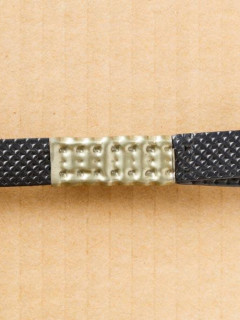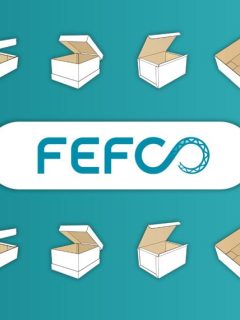Doing the cleaning: a necessary evil? Not at all! With the right wiping rolls, everything is much easier.This selection guide gives you an overview of the main differences and properties of cleaning paper (and their compatible rollers).Make your choice below and leave no stain untouched.In addition to cleaning paper, there are other cleaning products that are indispensable in an office or warehouse, such
as
for
example.You can read all about them in our next article.
Wiping spools: clean from head to toe
Wiping paper is one of the most versatile cleaning materials. Basic versions can be used for wiping hands or absorbing liquids. Thicker versions are mainly used for industrial applications – for cleaning mechanical parts, for example. The following 4 properties of wiping paper should help you determine your choice:
► 1. Embossed or smooth?
[Thesurface of the wiping paper can be embossed or smooth. An embossed structure is ideal for stubborn stains and intensive scrubbing, while a smooth layer is recommended for delicate surfaces.
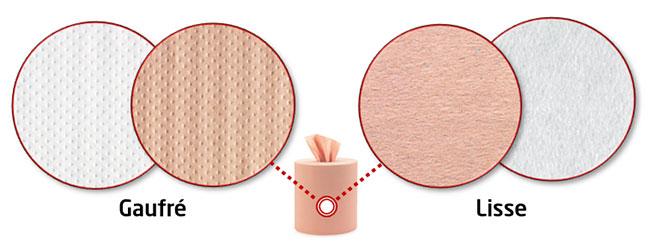
► 2. Central or side unwinding?
Wiping reels can have a centre or side unwind.In the first case, you unwind the paper from the core.When using the roll for the first time, you will need to pull a cardboard tube out of the centre of the roll.A wall-mounted dispenser will also be preferred to easily unwind your reel.
With a side unwind, the paper is unwound from the outside.For this, you need a horizontal unwinder (which you can attach to the wall if you wish).Therefore, you need to take into account the type of unwind, as this is decisive for the dispenser or unwind that you need to use.
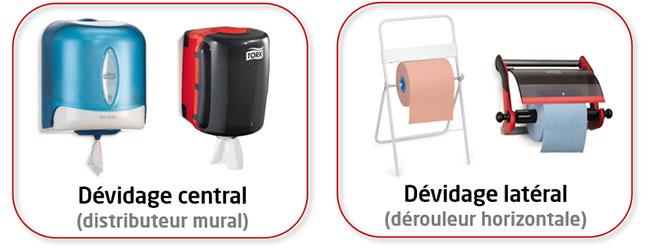
► 3. WS or Quick Dry treatment?
Wiping rolls may have been given a WS (which stands
for
Water Strengthening) treatment. This means that the paper remains very strong, even when wet, and is less likely to tear. Wiping paper may also be labelled ‘ Quick Dry ‘ (from Tork®). This means that the paper can absorb more liquids. The higher the absorbency, the less paper you need to use, so the more you save.
► 4. Mini, midi or maxi rollers?
-
Mini rolls are the smallest version and are often used in areas where there is no room to place a larger dispenser (for example, in a compact toilet). They are generally the same height as a midi roll but are thinner (and therefore hold fewer sheets of paper).
-
Midi rolls are medium-sized and are used in a wide variety of environments.
-
Maxi rolls are very large rolls, intended for use in a wide range of industrial environments. You will need a suitable unwinder, usually a horizontal version.
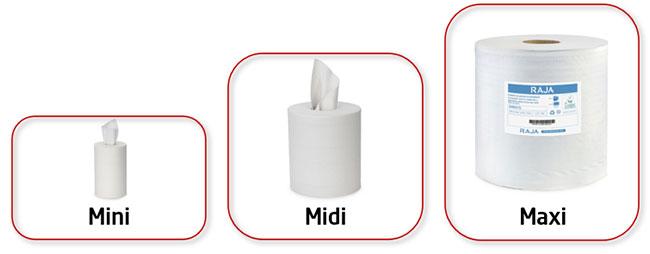
Now that the above information is digested, it’s time to have a look at our wiping reels. We’ll start with the softer models, then move on to the universal reels, and finish with the tougher variants.
| Reel |
Applications |
Features |
Decoiler |
Soft*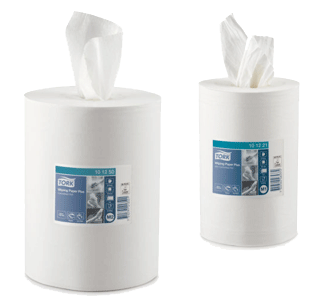 |
– For absorbing small amounts of liquid – For wiping hands – Ideal for cleaning glass | – 1 layer of paper per sheet* – In mini / midi rolls – Smooth paper – Ecolabel | .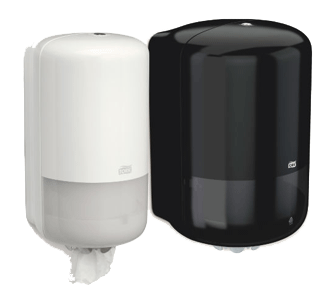 |
Standard 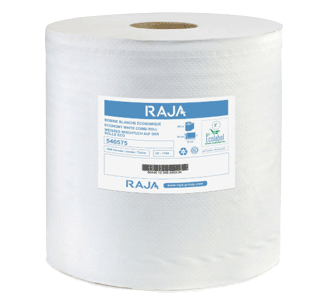 |
– For cleaning more delicate surfaces – Easily removes the smallest of dirt – 2 layers of paper per sheet – Smooth paper – Ecolabel. | – 2 layers of paper per sheet – In maxi rolls – Embossed or smooth – WS treatment – Ecolabel. | . |
Allround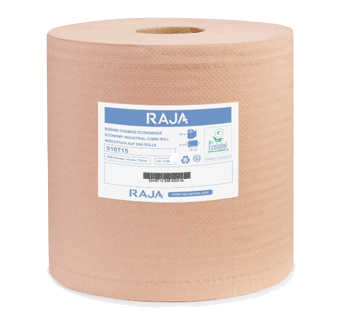 |
– For general cleaning work in garages, warehouses, workshops, etc. – Resembles a chamois sheet. | – 2 layers of paper per sheet – Max. roll size – Embossed or smooth – WS treatment – Ecolabel. | .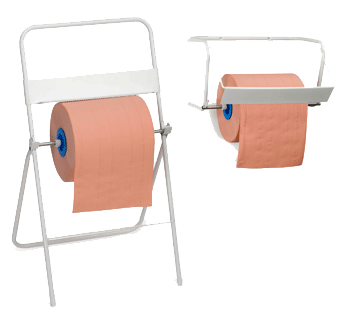 |
Resistant**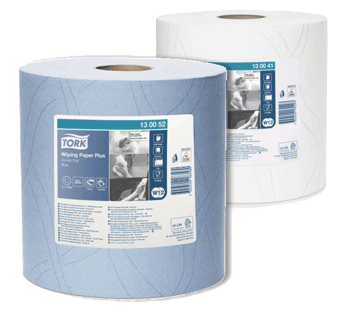 |
– For absorbing liquids – Removes stubborn stains – Tear resistant and very thick: protects your hands – 2 layers per sheet – Tear resistant and very thick: protects your hands | – 2 layers of paper per sheet – Max rolls – Embossed paper – Quick Dry. | .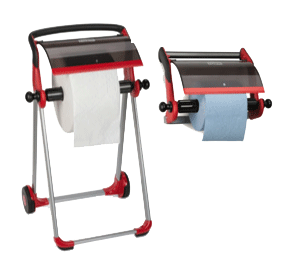 |
Ultra resistant 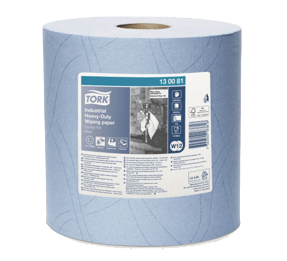 |
– Absorbs oil, grease and lubricants – For use on stainless steel – Protects hands from metal splinters and heat – With a soft, non-marking side – 3 layers of paper per sheet. | – 3 layers of paper per sheet – Max. rolls – Embossed paper – Quick Dry. | . |
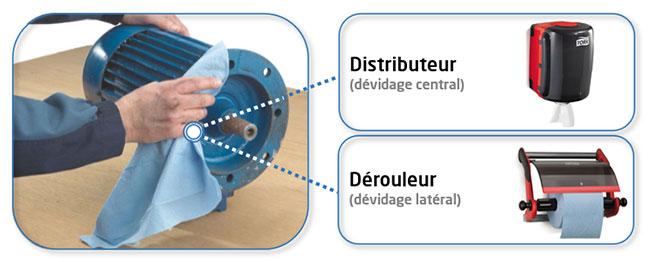
*Également disponible en version papier 2 couches pour une absorption encore plus efficace.
** La variante bleue est utilisée, par exemple, dans l’industrie alimentaire. Lorsque le papier se retrouve accidentellement entre les aliments, sa couleur bleue est plus visible que le blanc (voir normes HACCP).













